1. The Mayan Ballgame
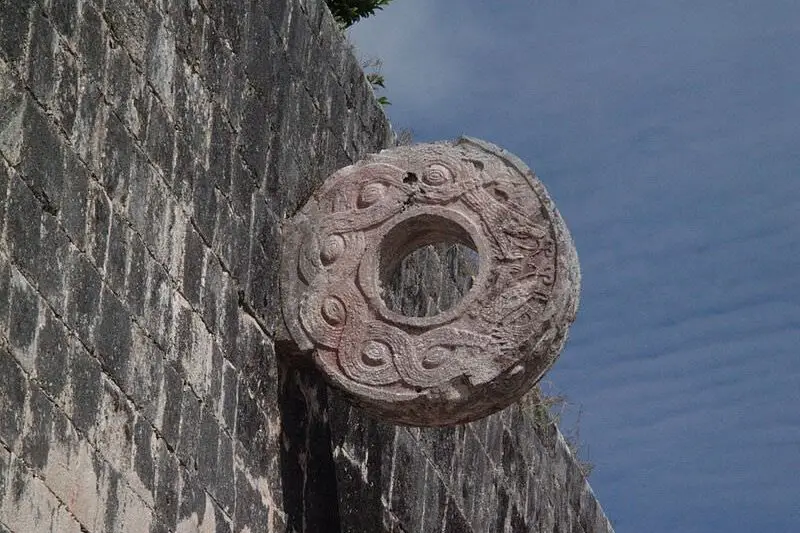
The ancient Mayans had a game that combined soccer and basketball—without the safety gear we’re used to today. Played with a rubber ball, the object of the game was to pass the ball through stone rings, but here’s the catch: the players weren’t allowed to use their hands or feet. Instead, they had to rely on their hips, elbows, and knees to control the ball while trying to score points by getting it through the rings. It sounds intense enough, but the real shocker is the stakes.
In some instances, the losing team faced a gruesome fate: human sacrifice. This game was not only a sport but a religious ritual, blending physical endurance with spiritual significance. Imagine playing soccer with no hands, no shoes, and the very real possibility that you might not walk away—literally. Today, it’s hard to imagine a professional sport where the penalty for losing is so… permanent.
2. Pankration
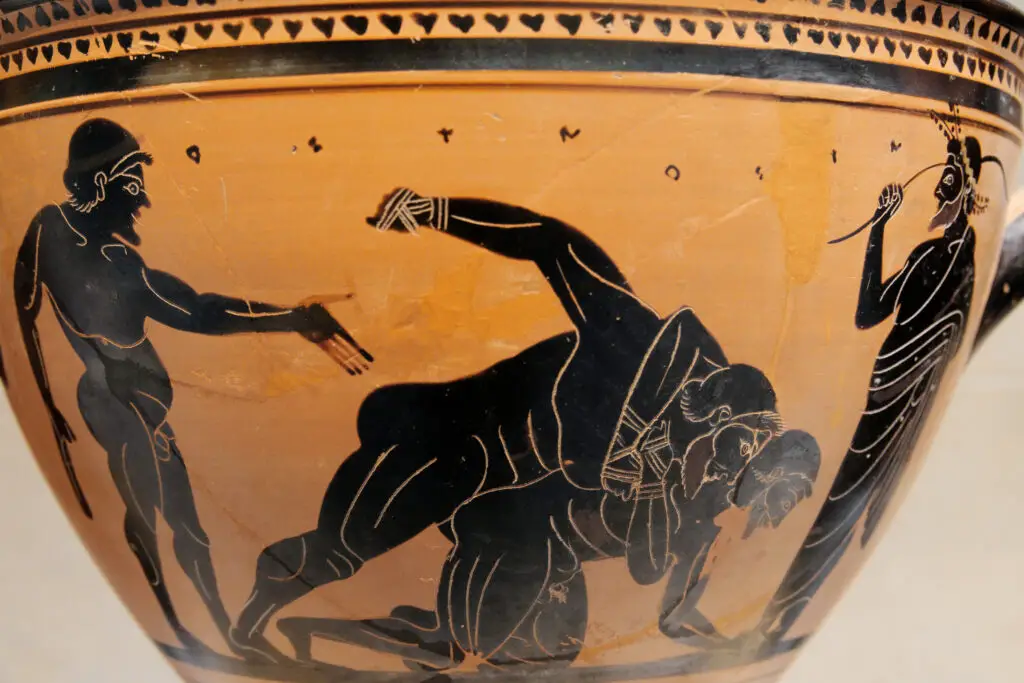
Pankration was an ancient Greek combat sport that was a no-holds-barred mix of boxing and wrestling. The sport had only two rules: no biting and no eye gouging. Everything else, from choking to kicking, was fair game, making it incredibly brutal and violent. Fighters could break bones, dislocate joints, and employ any technique they deemed necessary to win.
While it was popular in ancient Olympic Games, there’s no way such a sport would be allowed in today’s regulated combat world. Safety measures, referees, and medical teams are standard today, but back then, the “victorious” athlete could end up with severe injuries or worse. Can you imagine a modern UFC match where anything goes with minimal restrictions? It’s a sport that would last about five minutes before being banned for its excessive brutality.
3. Glima
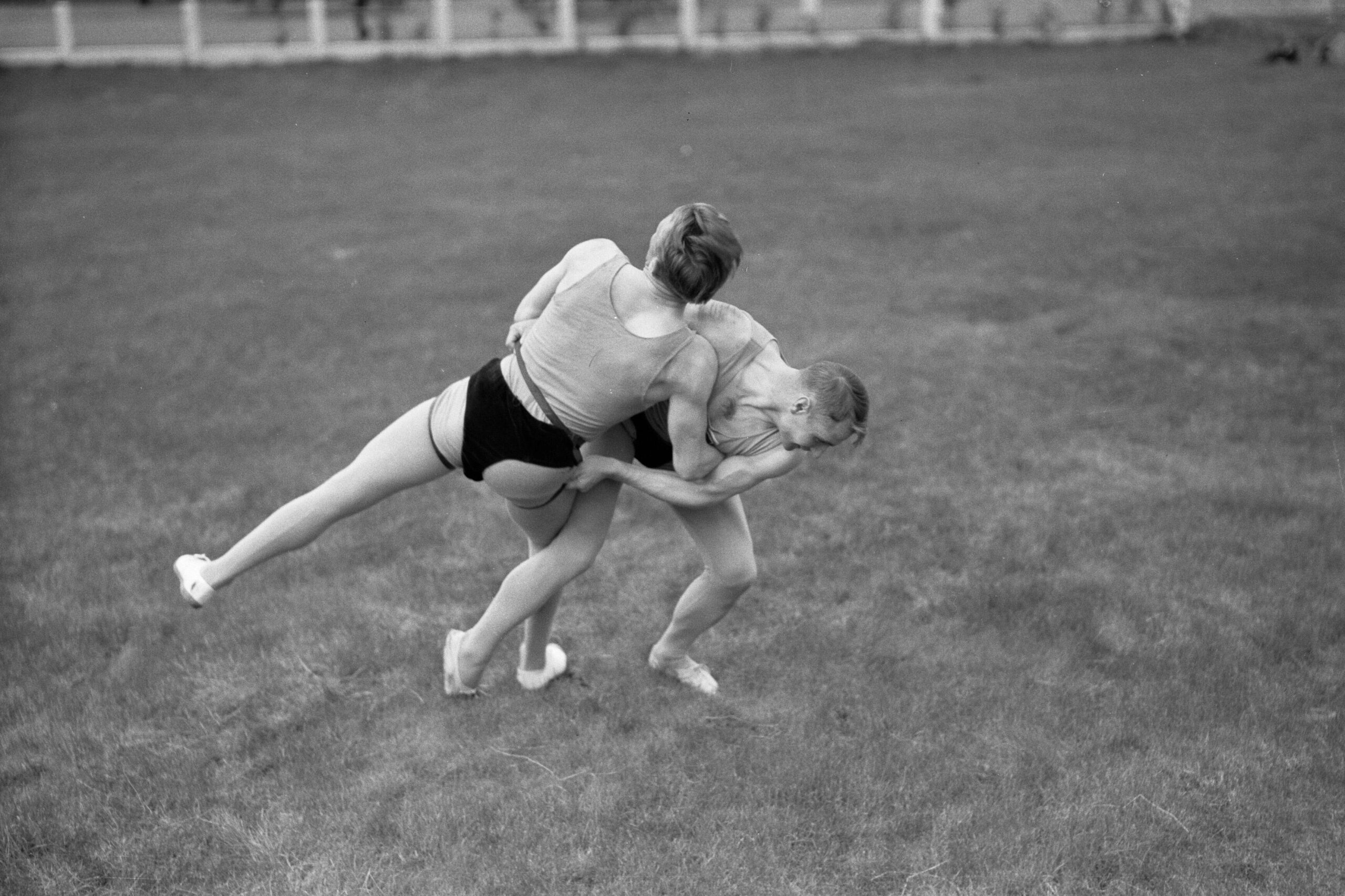
Glima was a form of wrestling popular in Viking culture, and it was unlike anything you’d see today. Participants would attempt to throw each other to the ground by grabbing specific parts of their opponent’s clothing or body. While it may sound like a standard wrestling match, the key to winning was getting your opponent’s feet off the ground—then making them “grounded,” or unable to continue.
The bizarre part? If you lost, you often had to fight again until you could prove your strength. It was an endurance contest as much as a skill challenge, with no weight classes, meaning smaller fighters were up against much larger opponents. In the context of today’s fair-play approach to sports, Glima’s disregard for size differences and its emphasis on sheer force would probably lead to quick rule changes—or an outright ban.
4. Tlachtli
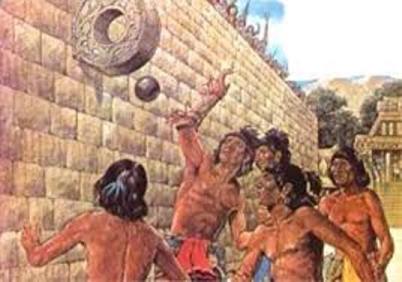
Another Mayan game, Tlachtli was played on a field with a large stone ring high up on a wall. The aim was to get a rubber ball through this ring, but the challenge was that players had to use their hips, elbows, and knees—similar to the Mayan ballgame. The twist here is that the game took place in a setting that resembled an arena, complete with crowds cheering for their favorite players.
If the Mayan ballgame was deadly, Tlachtli was no less dangerous. The sport’s intensity was paired with high risks, and injuries were frequent. No modern sport would sanction an event with such a perilous setup, especially one where athletes are putting their bodies on the line with so little protection.
5. Buzkashi
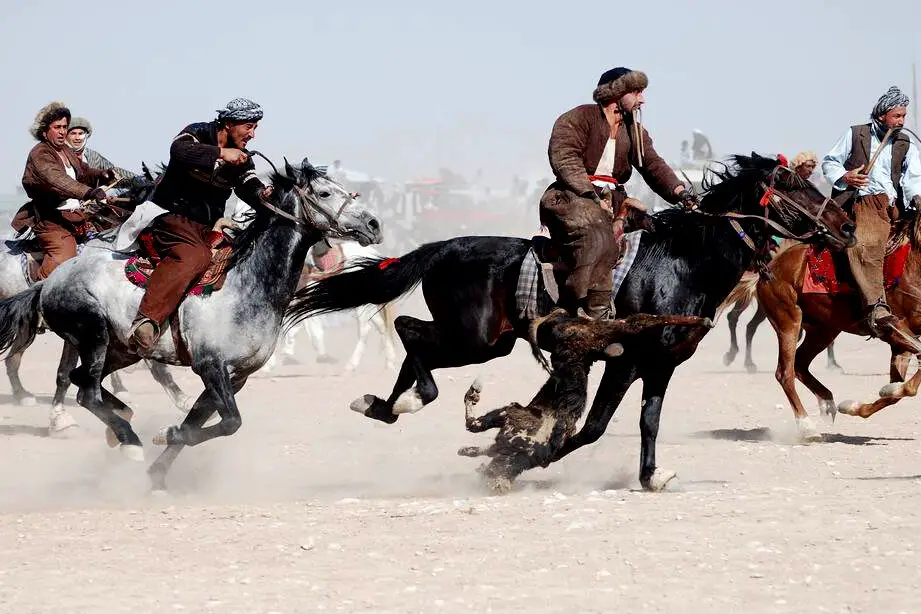
Buzkashi, often called “goat dragging,” is the national sport of Afghanistan, and it’s definitely one of the more bizarre ancient sports. The objective of the game is to grab a goat carcass and drag it around a field on horseback while other players attempt to wrestle it away from you. There are no real boundaries, no designated playing field, and the game can go on for hours or even days, depending on the enthusiasm of the participants.
While it may still be played in some parts of Central Asia, this chaotic sport wouldn’t last five minutes in modern times. Imagine a professional athlete participating in a game where the prize is a goat carcass—and the goal is to toss it around like a ragdoll. Modern safety protocols and animal rights issues would quickly put an end to any attempt to bring this sport to the mainstream.
6. Human Chess
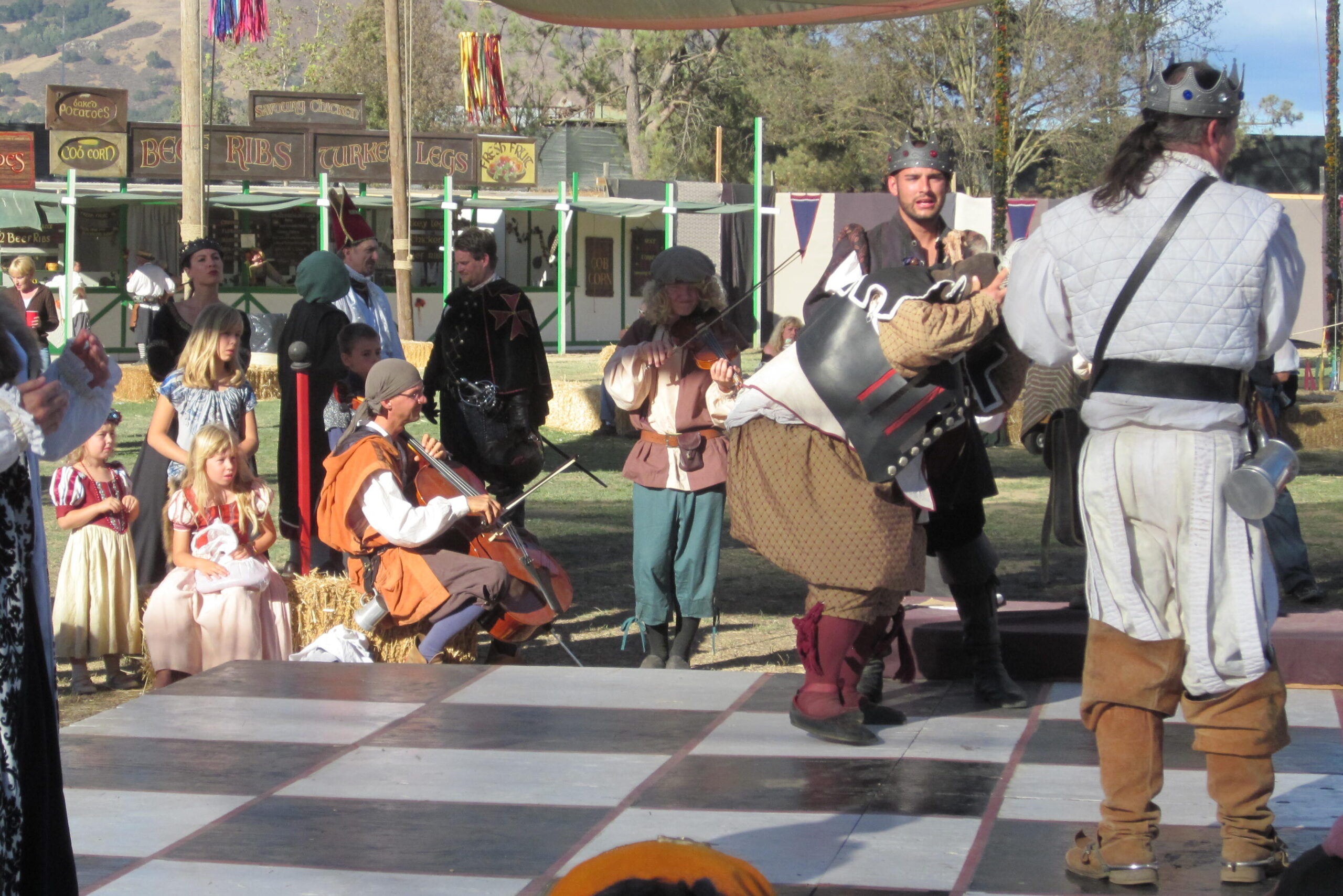
A bizarre fusion of strategy and physical endurance, Human Chess was popular during the Renaissance in Europe, especially in the courts of kings and nobles. In this game, players themselves became the pieces, moving according to the rules of chess—each move was choreographed and timed. The twist was that players had to physically act out the moves, often leading to chaotic scenarios where knights, rooks, and pawns were literally running across fields or engaging in mock battles.
While the concept of human chess might sound fun at first, its impracticality would quickly wear thin today. The complexity of organizing such a massive live-action chess game, with hundreds of people involved and no actual strategy beyond what could be acted out, would be too cumbersome for modern audiences. With today’s focus on streamlined and fast-paced sports, this ancient game would likely be abandoned before it even began.
